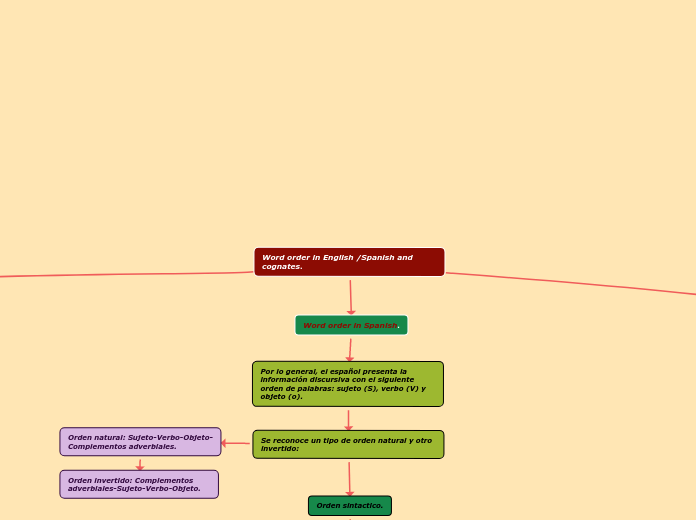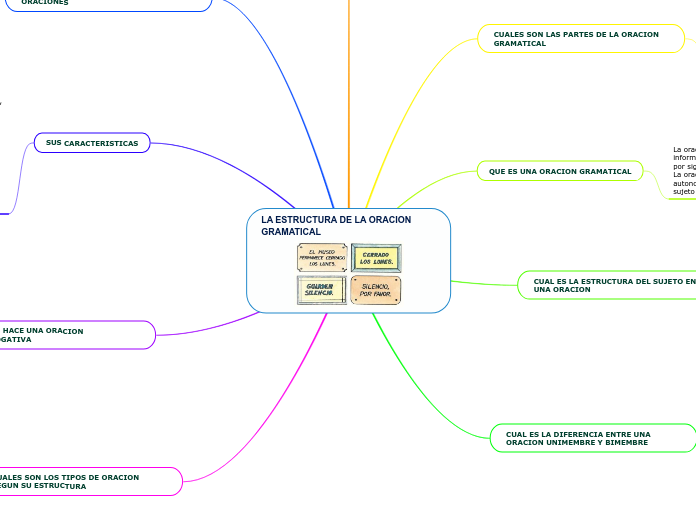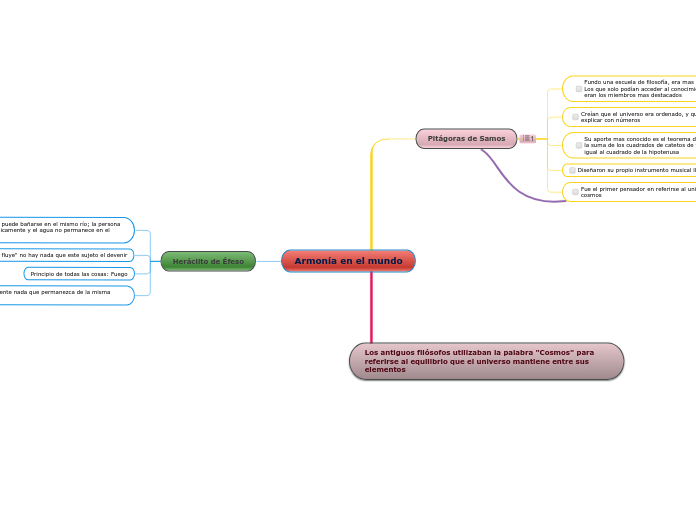Word order in English /Spanish and cognates.
Cognates.
Perfect cognates: as words that are spelt exactly the same in Spanish and English except for maybe an accent over one letter and they mean the same thing in both languages.
False cognates: they are words that are spelt the same or similar but mean completely different things
Considerations about cognates and false cognates
False cognates should be taught in the beginner levels in order to avoid future confusions and embarrassments.
To avoid confusing these words give words within a context.
Cognates are e the words that are easiest to learn because they’re similar to the words you already know, because they’re descended from the same root word
Word order in Spanish.
Por lo general, el español presenta la información discursiva con el siguiente orden de palabras: sujeto (S), verbo (V) y objeto (o).
Se reconoce un tipo de orden natural y otro invertido:
Orden sintactico.
La construcción sintáctica es la que ordena los elementos de la frase según su función gramatical:
Casos sobre orden de palabras en castellano:
Lo que no es correcto en castellano es colocar el verbo al final de la frase. Esta construcción o es un latinismo o un germanismo.
El orden normal de los elementos de la oración también se ve alterado en ocasiones al anteponerse el predicado al sujeto en las estructuras enunciativas.
Cuando el adverbio desempeña la función de atributo, suele situarse a continuación del verbo.
Los modificadores oracionales suelen colocarse al comienzo de la estructura Oracional.
El adverbio tiende a estar próximo al verbo.
Intercalarse el sujeto entre los miembros de una perífrasis.
La posición del adjetivo en el grupo sintagmático nominal influyen factores como: el carácter de la atribución, su necesidad o la índole semántica.
El sustantivo se modificada por dos o más adjetivos: yuxtapuestos o coordinados.
Sujeto
verbo
Atributo o complemento
circunstancial
Indirecto
Directo
Orden natural: Sujeto-Verbo-Objeto-Complementos adverbiales.
Orden invertido: Complementos adverbiales-Sujeto-Verbo-Objeto.
Word order in English.
Word order in English: Word order refers to the way words are arranged in a sentence. The standard word order in English is: “Subject + Verb+ Object”.
Word order structures: When we talk about someone receiving something, we can express it using the typical word order:
If we want to bring more emphasis or focus to the recipient, we can use a prepositional complement (pc) instead of an indirect object.
Adjectives often come before the noun.
Most adverbs can be placed in any of the positions in a sentence without changing the meaning of the sentence. However, the placement of some adverbs can greatly change the meaning of a sentence.
“Indirect object (io) + direct object (do)”.
Subject: typically a noun or pronoun - the person, place or thing.
Verb: The action or state of being.
Object: The word or group of words influenced by the verb









